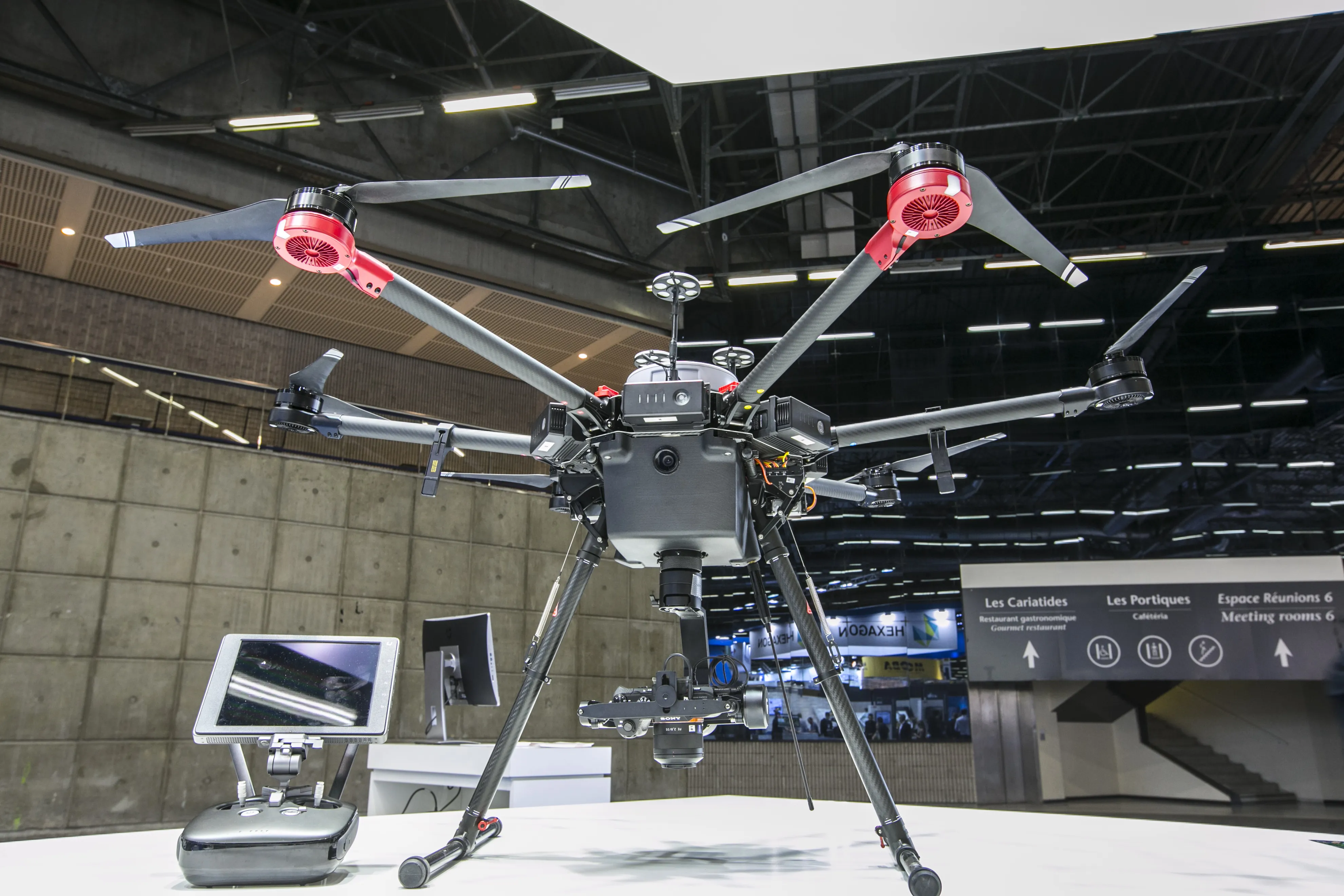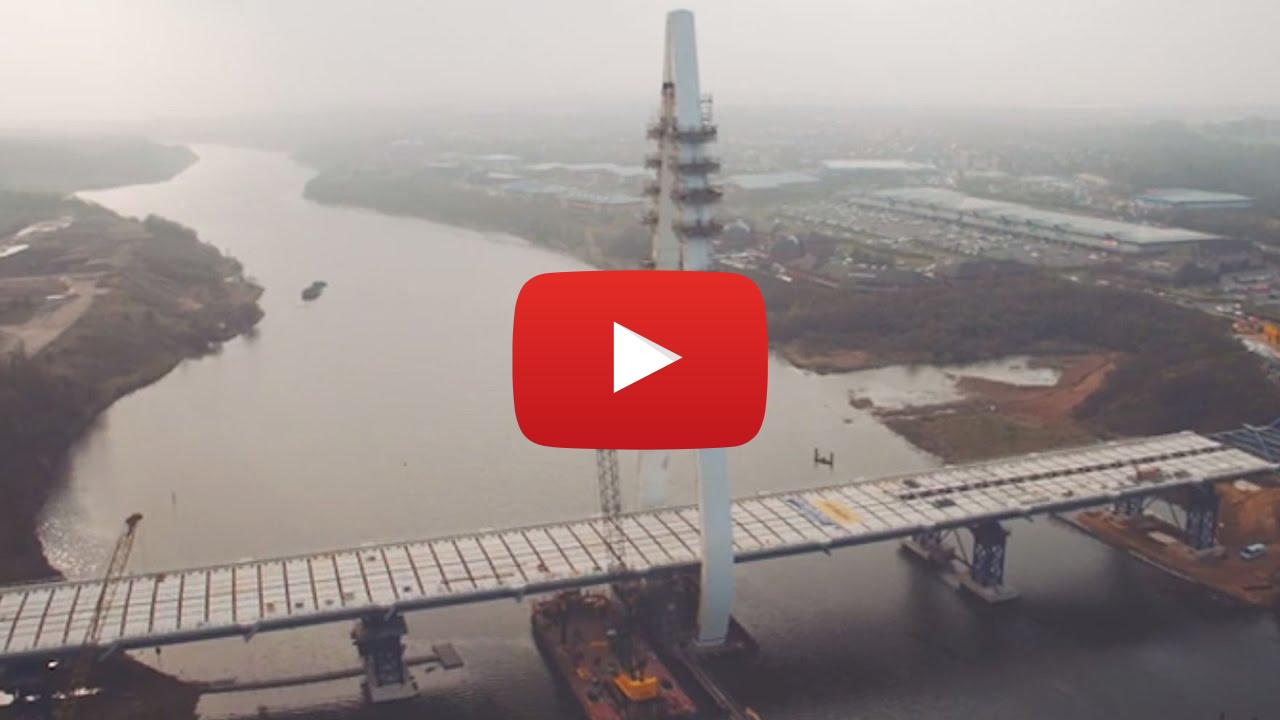October 23, 2015
Construction of a 10-lane bridge to replace a congested river tunnel in Vancouver, Canada, is still on target to start in 2017, despite details remaining sketchy.
The bridge will replace the 60-year-old George Massey Tunnel between the local cities of Richmond and Delta along the provincial Highway 99. But the cost and – importantly – whether it will be a toll bridge have not been declared by the British Columbia provincial government.
The Canadian Broadcasting Corporation reported last June that the BC government announced the project nearly three years ago. But the CBC noted that a consultation meeting with local residents failed to address many of their concerns.
"We're basically doing the same height as the Alex Fraser [bridge], but we're also factoring in a little bit of potential sea level change because of climate change. So that distance is about 57m," said Pam Ryan, planning director of the George Massey Tunnel Replacement Project.
Some technical studies have yet to be completed before the plan is finalised, but the timetable remains intact - construction start in 2017 and completion by 2022, the CBC reported.
It is still not clear if the George Massey Tunnel, also known as the Deas Island Tunnel, under the Fraser River will be decommissioned after the new bridge is opened. The government’s project group, George Massey Tunnel Replacement Project, has said the tunnel now carries its limit of 80,000 vehicles a day.
Extensive renovations to the tunnel and attempts to improve access roads have been done over the years, buy the group says only about 10 years of life is left in the tunnel itself. A video of the tunnel being constructed in the late 1950s is %$Linker:2 External <?xml version="1.0" encoding="utf-16"?><dictionary /> 0 0 0 oLinkExternal available here Visit Youtube video page false https://www.youtube.com/watch?v=A1igKk8eK0M false false %>.
The bridge will replace the 60-year-old George Massey Tunnel between the local cities of Richmond and Delta along the provincial Highway 99. But the cost and – importantly – whether it will be a toll bridge have not been declared by the British Columbia provincial government.
The Canadian Broadcasting Corporation reported last June that the BC government announced the project nearly three years ago. But the CBC noted that a consultation meeting with local residents failed to address many of their concerns.
"We're basically doing the same height as the Alex Fraser [bridge], but we're also factoring in a little bit of potential sea level change because of climate change. So that distance is about 57m," said Pam Ryan, planning director of the George Massey Tunnel Replacement Project.
Some technical studies have yet to be completed before the plan is finalised, but the timetable remains intact - construction start in 2017 and completion by 2022, the CBC reported.
It is still not clear if the George Massey Tunnel, also known as the Deas Island Tunnel, under the Fraser River will be decommissioned after the new bridge is opened. The government’s project group, George Massey Tunnel Replacement Project, has said the tunnel now carries its limit of 80,000 vehicles a day.
Extensive renovations to the tunnel and attempts to improve access roads have been done over the years, buy the group says only about 10 years of life is left in the tunnel itself. A video of the tunnel being constructed in the late 1950s is %$Linker:







